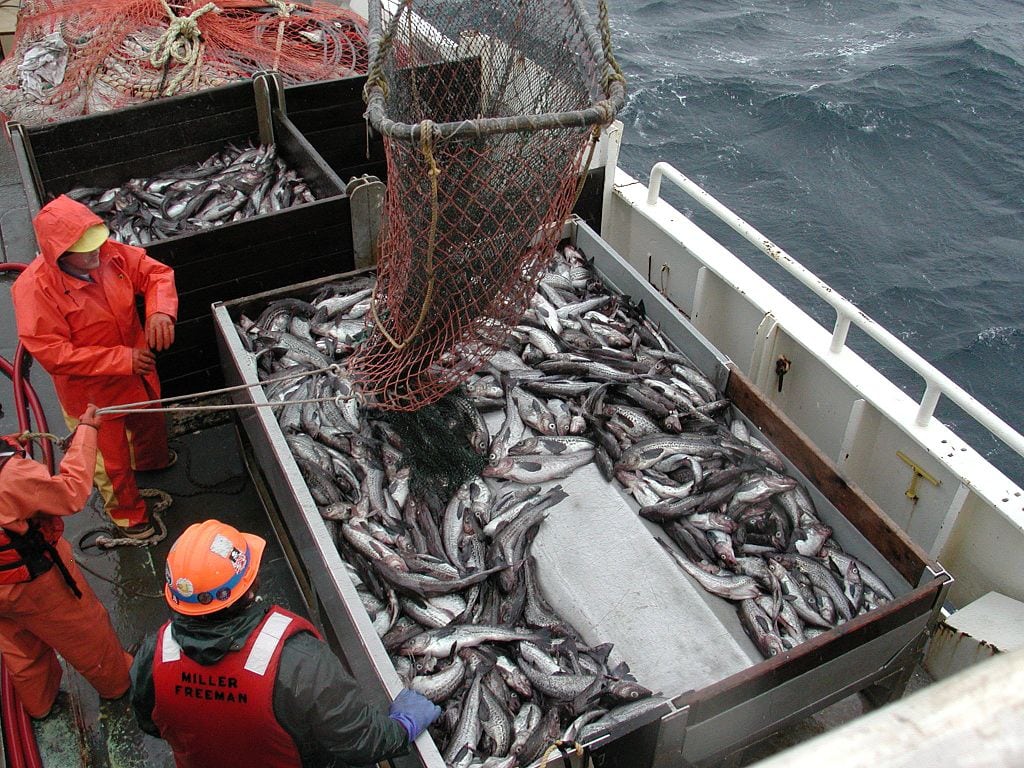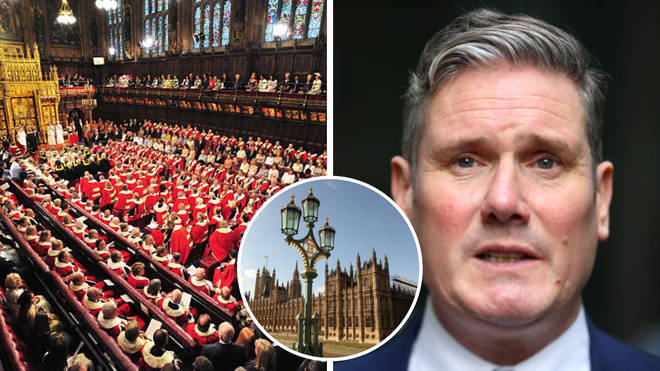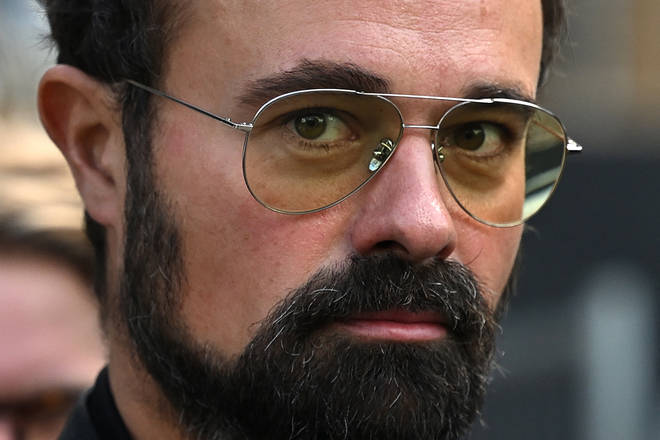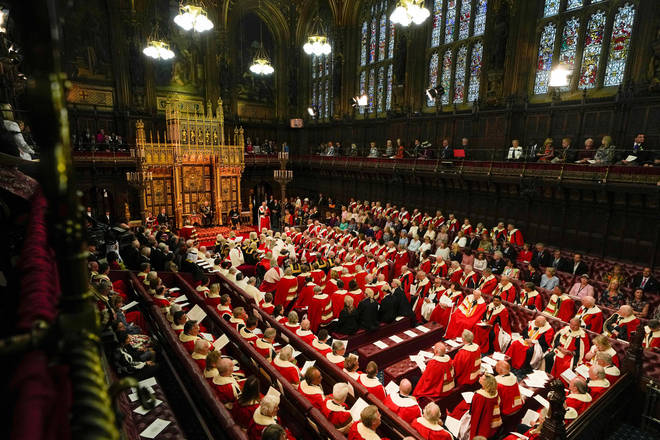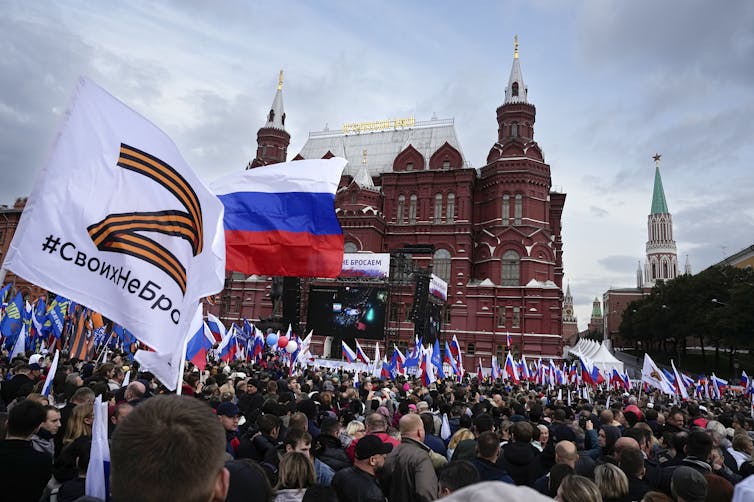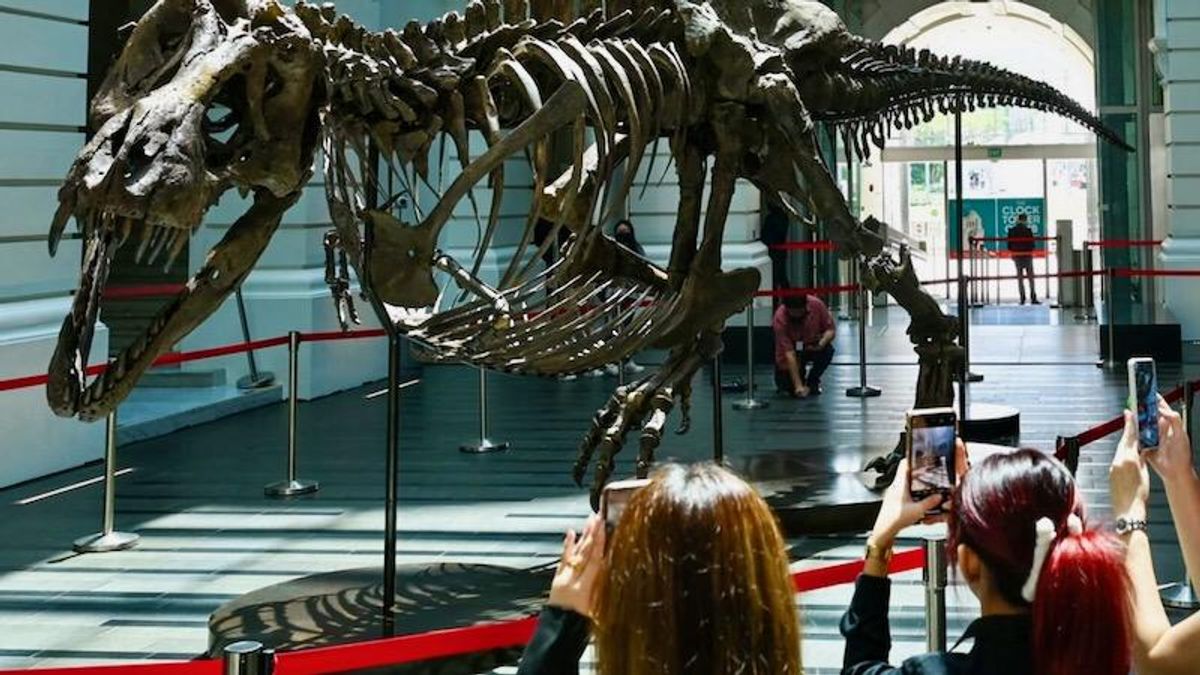Story by Rob Merrick •

david-davis.jpeg© AP
Brexit has failed to deliver any notable economic benefits, more than six years after the vote to leave the EU, David Davis has admitted.
The former Brexit secretary – a key figure in the push for withdrawal and the negotiations that followed – blamed the Covid pandemic for the absence of any gains from the upheaval.
Asked if, amid growing calls for a change of course, he accepted “we haven’t seen any economic benefit for having left the EU,” Mr Davis replied: “No major ones.”
He pointed to “minor ones” such as the UK beginning delivery of Covid vaccines in 2020 before the rest of Europe – although it is strongly disputed that this was a Brexit freedom.
Mr Davis went on: “There’ll be more of that. You will see our medical based industries and our software based industries grow significantly.”
Speaking to Times Radio, he argued: “Just easing our way out of a Covid crisis, you can’t make any sensible economic measures at the moment.”
Mr Davis, now a backbencher, also echoed Rishi Sunak in insisting the head of the CBI, Tony Danker, is “wrong” to believe looser immigration rules would help rescue the economy.
The comments come amid evidence of disagreement at the top of government about how to mitigate the forecast 4 per cent hit to GDP, with a 15 per cent loss of trade, from Boris Johnson’s hard Brexit deal.
The chancellor, Jeremy Hunt, argued last week that the “vast majority” of cross-Channel trade barriers can be removed, without explaining how.
But Mr Sunak’s official spokesperson declined to repeat the claim, after the prime minister stamped on suggestions he will pursue a closer “Swiss-style” agreement with Brussels.
The prime minister insisted: “Let me be unequivocal about this. Under my leadership, the UK will not pursue any relationship with Europe that relies on alignment with EU laws.”
The “Swiss-style deal” rumour has threatened to reignite the Tories’ Brexit wars – despite it being highly unlikely the EU would offer such an arrangement, even if the UK wanted it.
Brexiteer MP admits Australian trade deal is 'not actually a very good …Duration 1:04 View on Watch
Nigel Farage has called it a “betrayal”, claiming the Conservatives would be “destroyed at the next general election in a way that they cannot begin to contemplate”.
The CBI has pointed to a lack of workers as a key reason for its warning that last week’s autumn statement – while reversing Liz Truss’s blunders – had no plan for growth.
But Mr Sunak told its conference: “The number one priority right now, when it comes to migration, is to tackle illegal migration,” – pointing to the small boats crisis.
Asked if, despite the clashes over Brexit and migration, he would still say the Tories are the “party of business”, he replied: “Yes, unequivocally, unequivocally.”
Sarah Olney, the Liberal Democrat Treasury spokesperson, said: “People will be aghast that, while living standards plummet, Conservative MPs are yet again fighting amongst themselves over Europe. Their pointless red tape is strangling trade with our closest neighbours.”
A story in 4 parts: Grimsby seafood factory blames Brexit as it’s forced to shut
ISI is set to pull out of the UK to focus on its European operations - despite Brexit being heralded as the 'fishing industry's salvation' by a local MP.
One of Grimsby’s landmark seafood factories has been forced to close in a major blow to the town.
The former Five Star Fish facility was taken on by Icelandic Seafood International in 2020 but has recorded a staggering £8 million in losses, with bosses blaming Brexit, according to local reports.
ISI will now pull out of the UK and will focus on its European operations.
In 2016, North East Lincolnshire backed the UK’s decision to leave the EU by an overwhelming 69.9 per cent.

The year after, former Chancellor Norman Lamont assured voters that the decision would “not be a disaster” for the port town after the fish processing industry asked for a special free trade status post-Brexit.
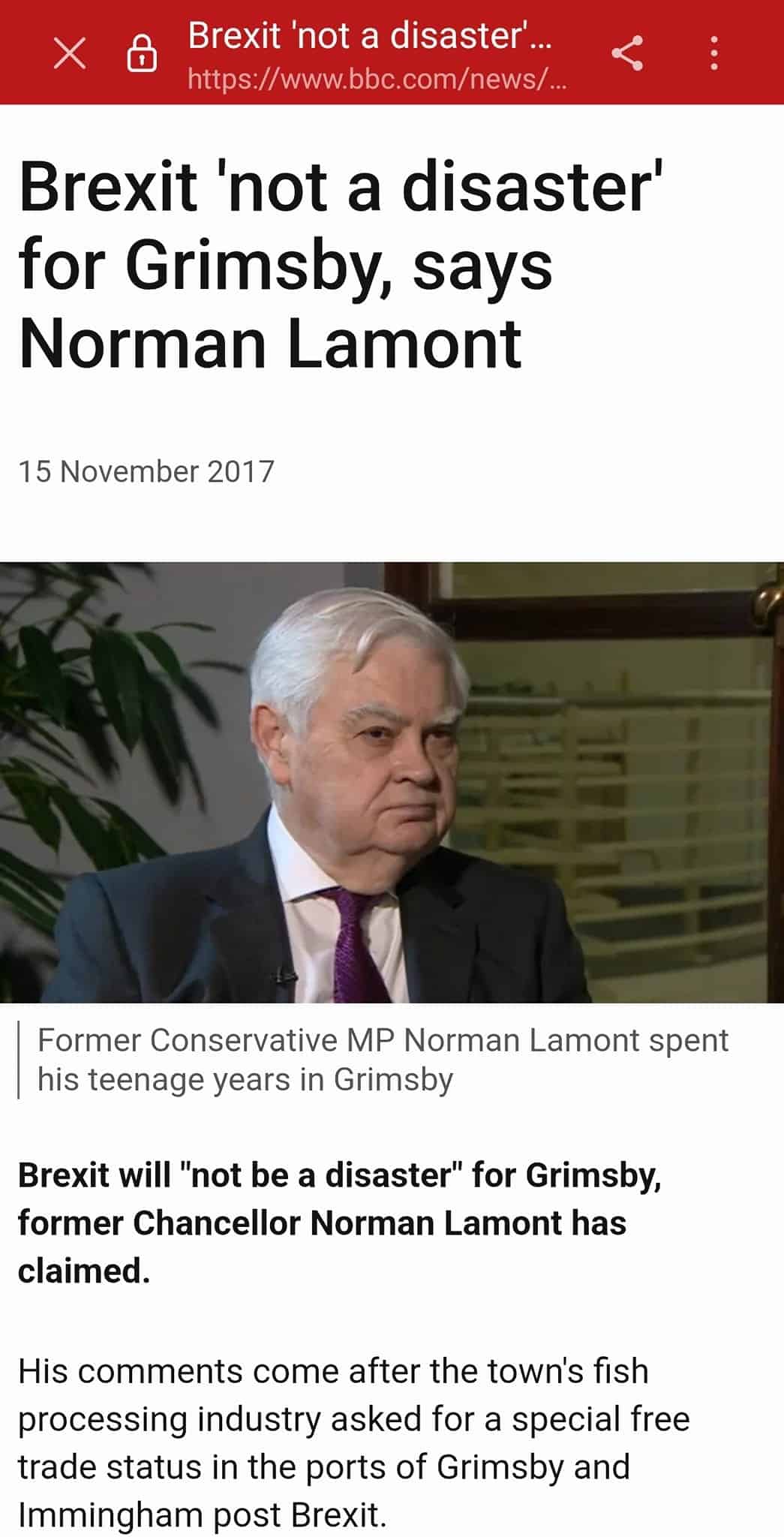
In 2020, Lia Nici, the MP for Great Grimsby, reassured voters that Brexit will be the “fishing industry’s salvation” in a Yorkshire Post column.
“The decline in the fishing industry is something we really need to consider. Our constituents in Grimsby are looking for us to make a change”, she said.
“After 40 years there is ongoing anger and resentment”, but we “now have the ability to become an independent coastal state.”

Unfortunately, like many Brexit promises, they have proved to be hollow.
ISI says it will now exit the UK market “from a value-added perspective” to “run a profitable business within the European value-added seafood industry”.
